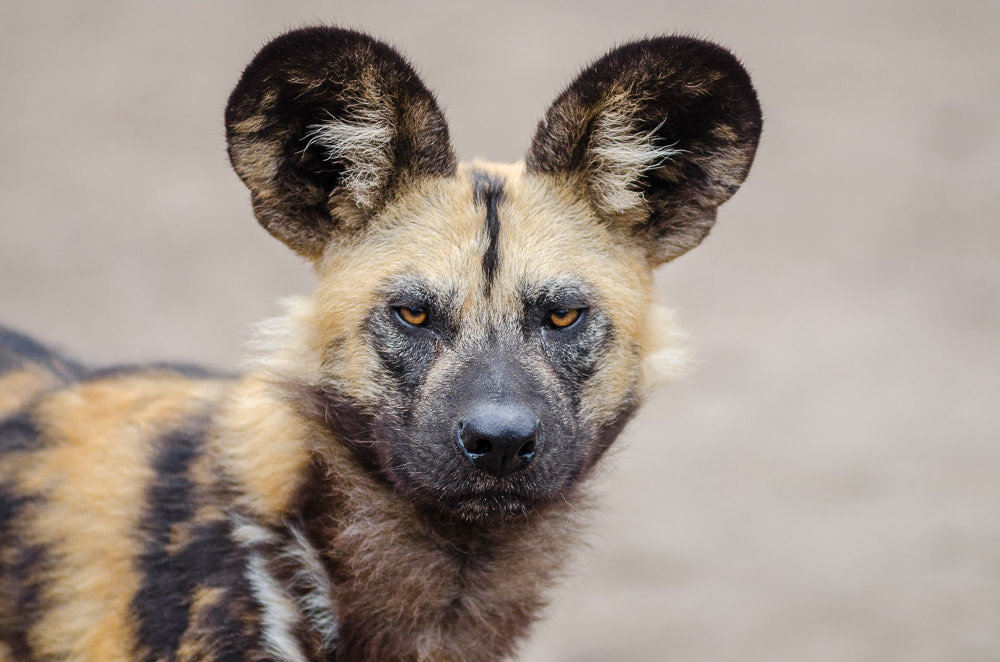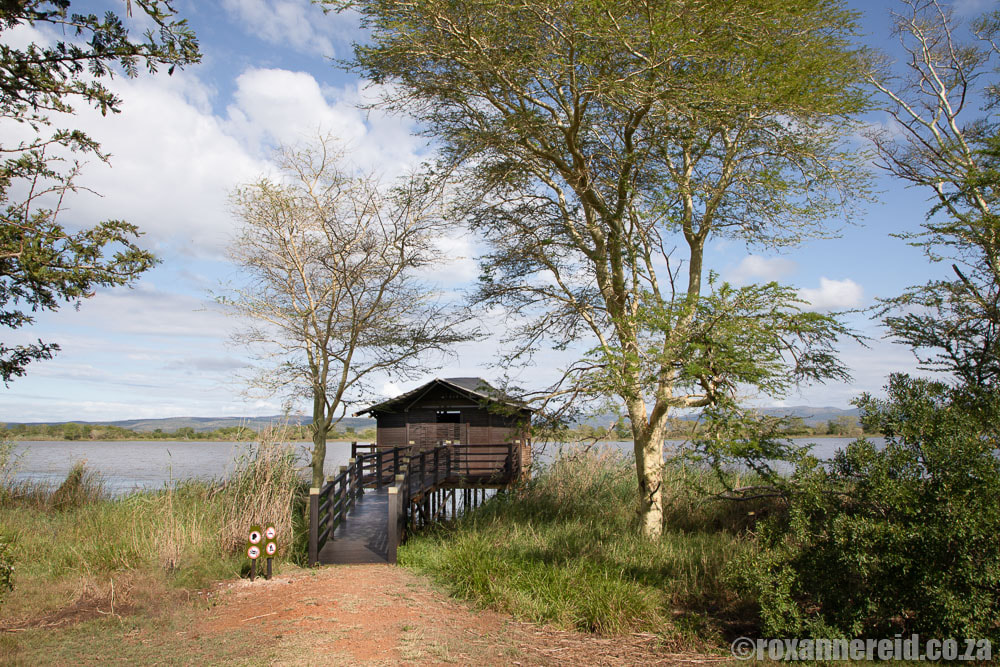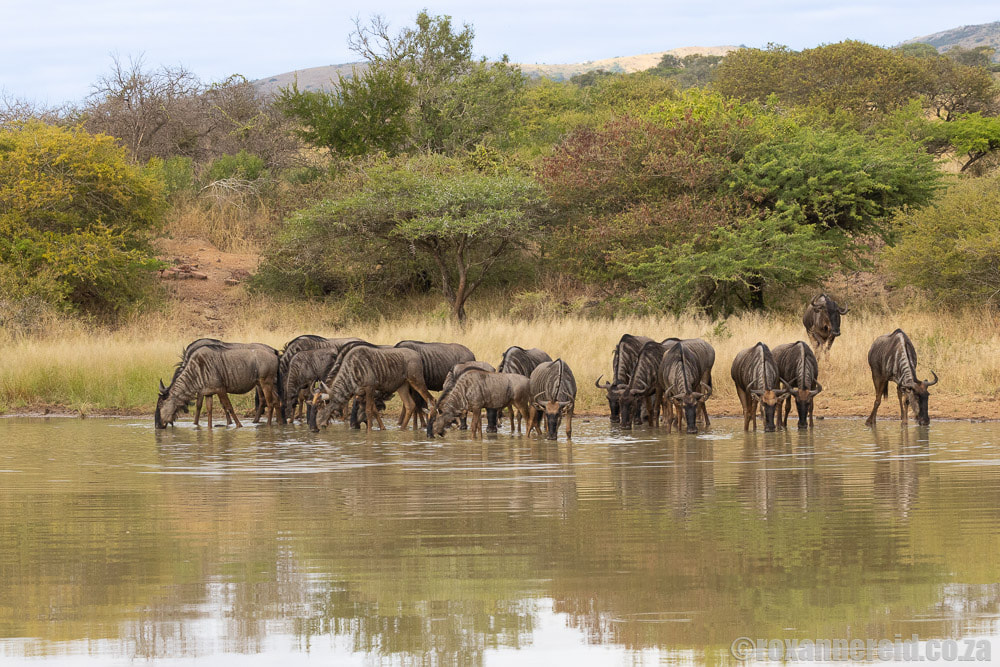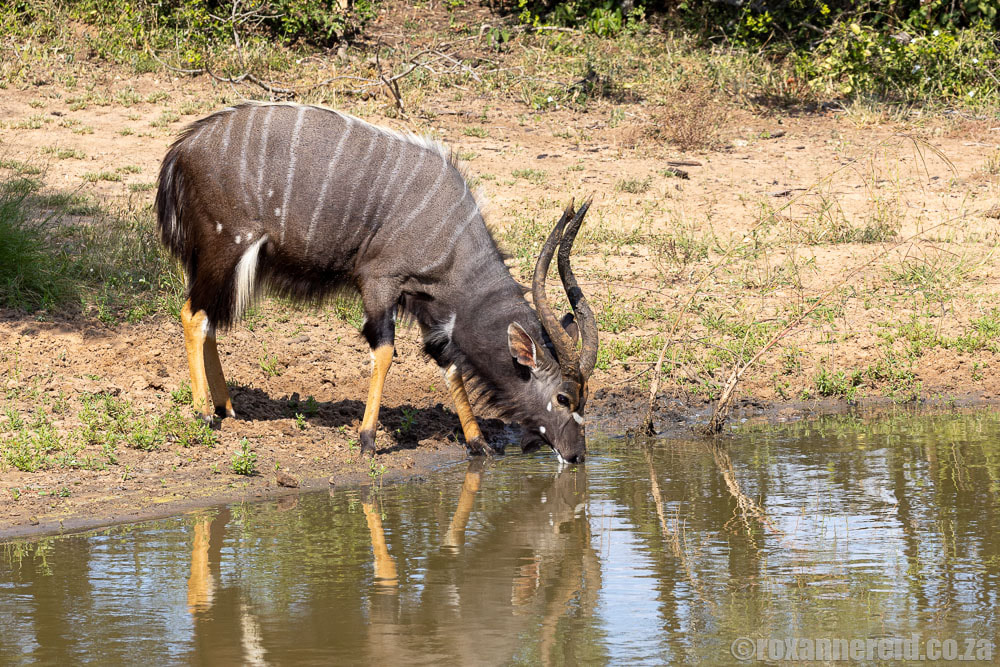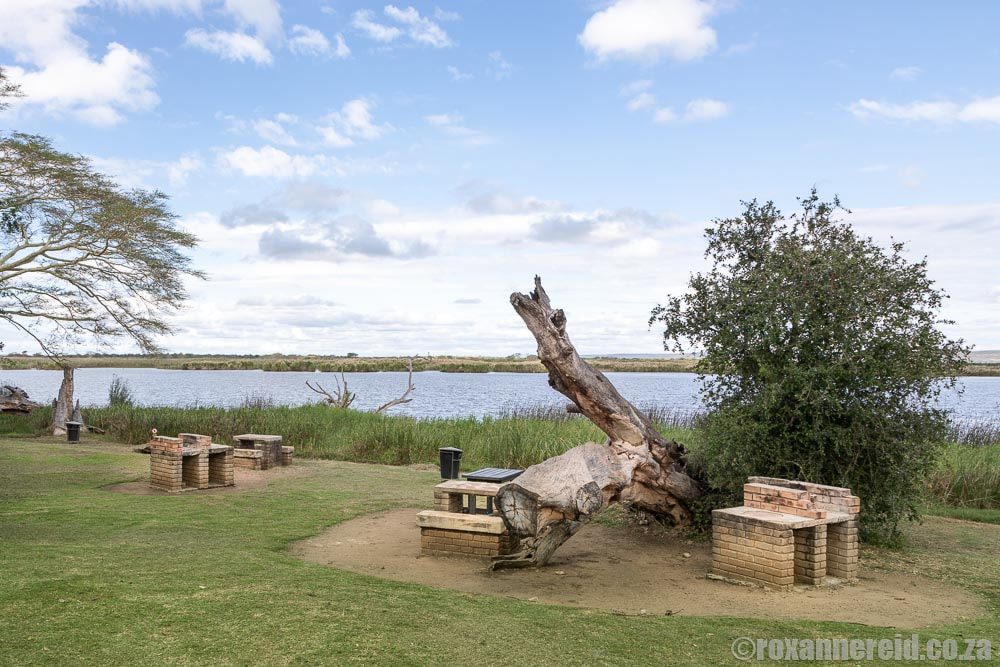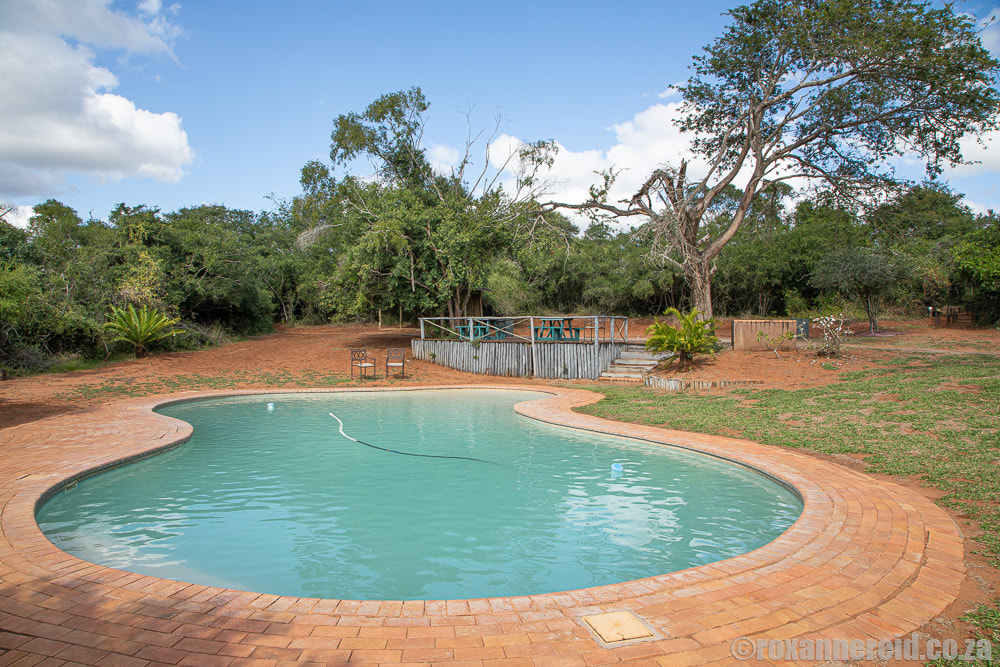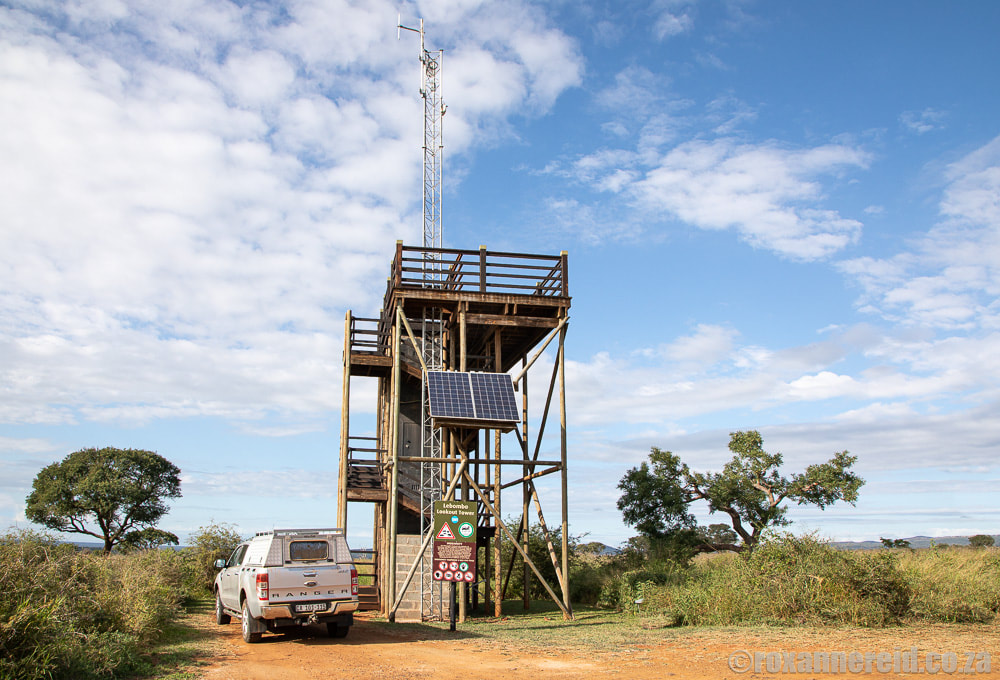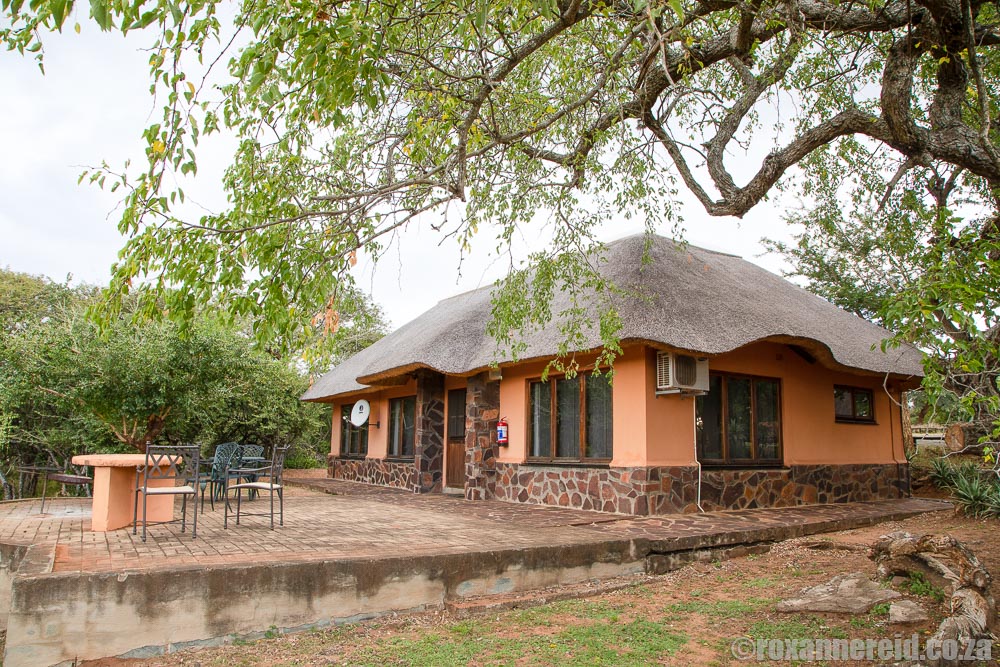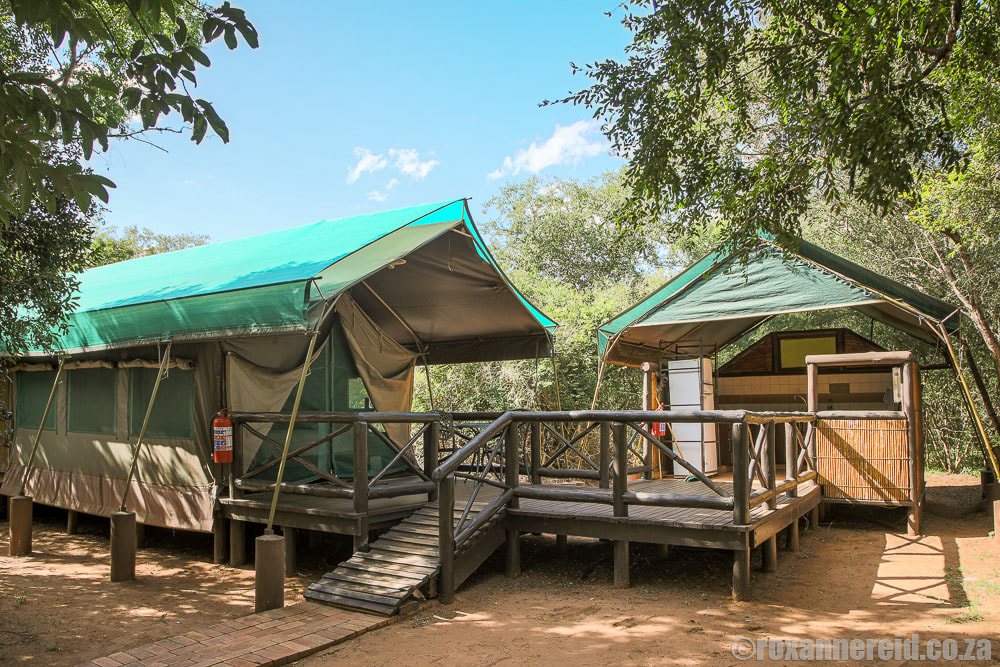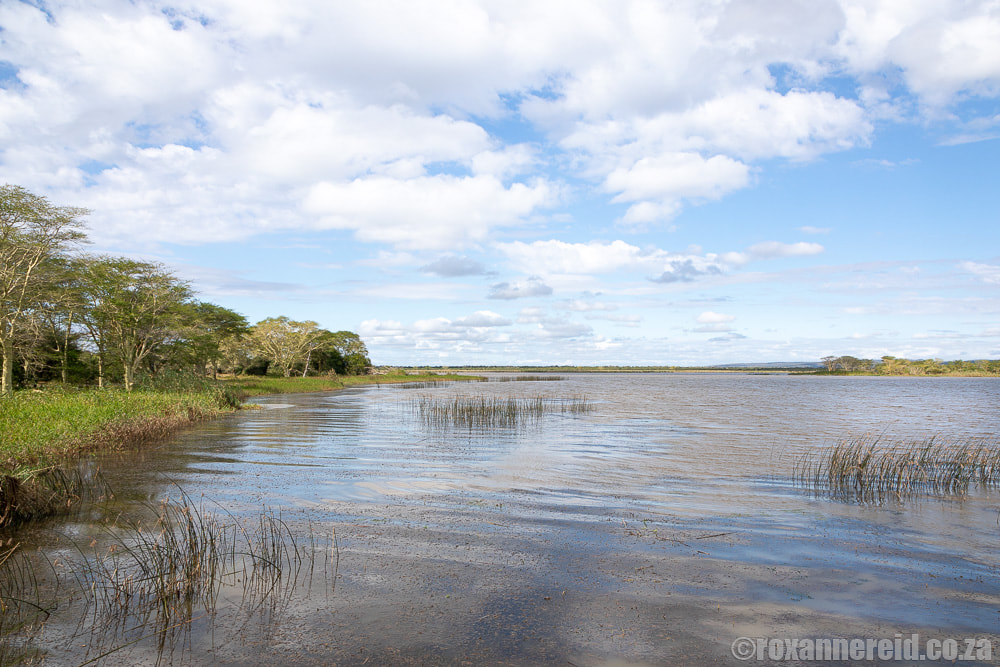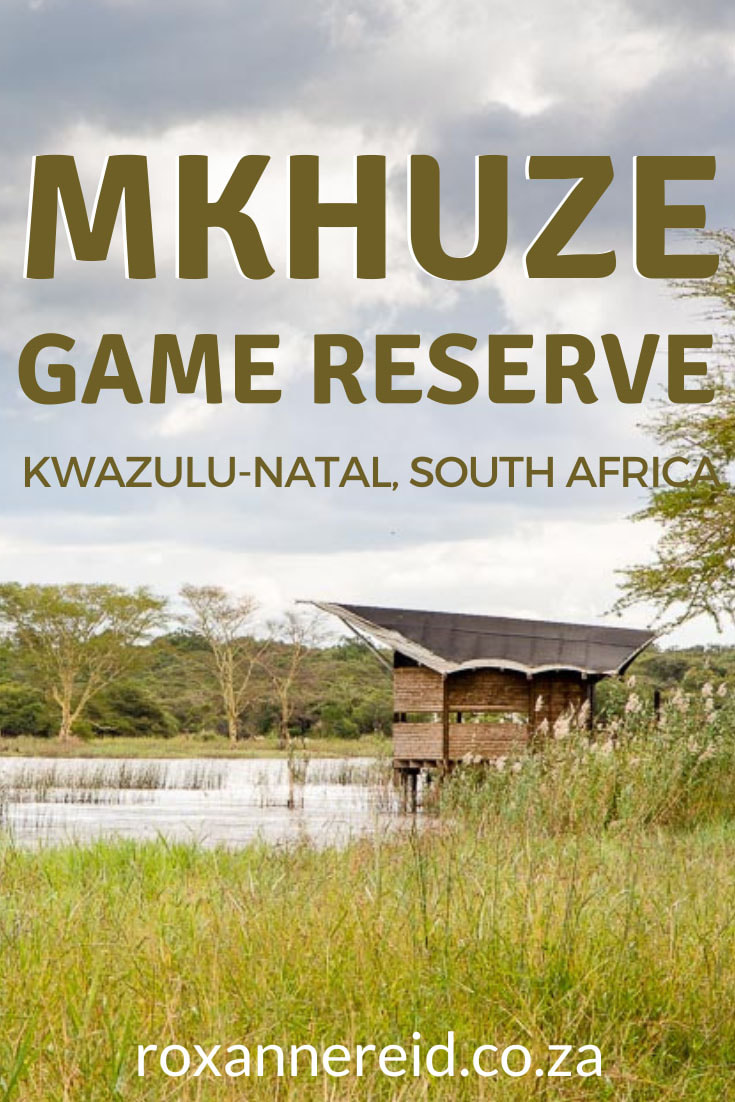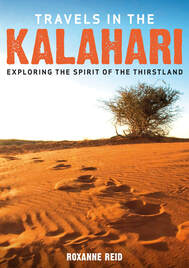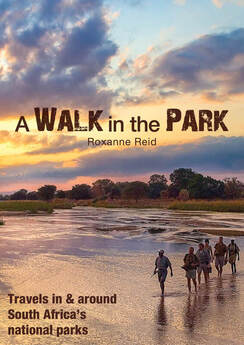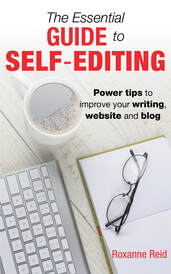Just a four-hour drive from Durban, Mkhuze Game Reserve in South Africa’s northern KwaZulu-Natal province is well worth visiting for its superb birding, Big Five sightings and excellent hides. Find out everything you need to know about the wildlife you can expect to see, the accommodation and things to do in the reserve.
Things to do at Mkuze Game Reserve
1. Go self-drive game viewing
Other animals that live here include hyena, blackbacked jackal, giraffe, blue wildebeest, zebra, warthog, hippo, crocodile, and antelope like kudu, nyala, impala, common reedbuck, bushbuck, waterbuck, red duiker, grey duiker and the tiny suni.
Early mornings are the best times to be out and about if you’re hoping for predator sightings. Mid-morning is a good time to park and enter one of the hides (see point 3 below) to see animals come to the waterholes to drink, especially in the dry winter months. A drive around Nsumo Pan is a good way to see hippos and crocodiles as well as various water birds.
2. Go birding
Nsumo Pan is the best place to look for water birds and waders. It is stunningly beautiful, ringed by yellowy-green fever trees and playing host to hippos and lots of water birds. There are two bird hides – Nkwazi and Imvubu – along the fringes of the pan that are good places to wield your binos. Both hides have toilets too. Enjoy the sound of water lapping under the hide, the call of the African fish-eagle and the grunting of hippos nearby.
The pan is home to one of only two important pink-backed pelican breeding colonies in southern Africa. Other water birds you might see are black-crowned night heron, great white pelican, flamingo, African pygmy goose, little bittern, black crake, yellow-billed egret, openbill stork, squacco heron and African jacana.
Mkhuze also has a second big pan called Nhlonhlela but it’s only accessible to people staying at the 8-bed Nhlonhlela Bush Camp (see ‘accommodation’ below).
Birding is good all year round, but the best months are probably from September/October to March when migrants from Eurasia and other parts of Africa return, boosting the list of species you might spot.
3. Spend time in the excellent Mkhuze hides
When using the hides, park your car in the designated area and check your surroundings for wildlife before you get out. Then walk quickly to the gate into the fully fenced hide. Once inside the gate, you can enjoy the walk to the hide at your leisure, stopping to look at birds or checking out some of the the plants that are identified by signs along the way.
The hides provide excellent opportunites for keen wildlife photographers because they get you fairly close to animals without disturbing them. Don’t be impatient. Spend a few hours at one of the hides to watch the behaviour of animals that come to drink or wallow in the mud on the fringes, the flitting of birds from the bushes to the water’s edge. If you know your bird calls, you’ll enjoy trying to find where they’re coming from.
KuMasinga is the only one that has water pumped in the dry season and is by far the most popular and best for game viewing. The hide juts out quite far over the water so is wonderful for photographing the seven or eight species that may visit while you’re there, from warthogs and wildebeest to zebra, kudu, nyala and giraffe. We even arrived once just in time to see some elephants leaving the waterhole after their drink. If you’re not a photographer, it’s still a privilege to watch animal interactions and behaviour up close, or for bird-watching. We saw numerous birds, including eight purple-crested turacos, come to drink.
Compared to the other two, kuMahlahla has a very small waterhole (that can dry up in winter) and we preferred to spend our time at the other two hides.
Remember that game viewing in general – and at the hides too – is best in the dry season from June to October, whereas birding is best in the spring and summer months (September/October to March).
4. Enjoy a guided evening drive
For a chance to see nocturnal species, go on a guided evening drive in an open safari vehicle. These usually last 2.5 hours and start at 19:00 from November to February and at 18:00 from March to October. Book your drive ahead of time at reception to avoid disappointment. If there are no guides available when you visit then this guided activity won’t be possible.
The evening drive is an opportunity to tap into your guide’s knowledge of the reserve and possibly to spot nocturnal animals like leopard, lion, hyena, honey badger, porcupine, scrub hare or genet, as well as birds like owls and nightjars.
5. Have a picnic at Nsumo
There’s also a picnic site with braai facilities for day visitors at Mantuma camp.
6. Go for a guided game walk
There’s no better way to get close to nature than on foot, when you can use all your senses to appreciate the environment around you. Hear the alarm call of birds, smell the dust, see the tracks of animals that passed by earlier, feel the texture of leaves and bark. It’s a chance to learn from your guide about the reserve’s ecology, trees, animal behaviour and more. They’re also dab hands at recognising bird calls so don’t forget to bring your binos if you’re a keen birder.
Morning walks start at 6:00 from November to February and 6:30 from March to October. Afternoon walks start at 15:00 from November to February and 14:00 from March to October. There will be a maximum of eight people on a walk and it will last about three hours. No kids under 14. Wear comfy walking shoes, a hat and sunscreen, and carry water. It’s a good idea to apply tick repellent too. Remember to book this ahead of time at reception; if there are no guides when you visit then guided activities won’t be available – a great pity.
7. Appreciate the landscapes and trees
8. Walk in a fig tree forest
In the old days, long before lions were reintroduced in 2013, you used to be able to wander the 3km Fig Forest Walk along the Mkhuze Rivere near Nsumo Pan on your own. It was like venturing into the wilderness all alone and totally thrilling. Nowadays – sensibly, since this is now a Big Five reserve – you have to be accompanied by an armed guide. It’s a beautiful, shady walk where you are dwarfed by soaring sycamore fig trees that are more than 400 years old. (Just for some perspective, that means that these trees were already growing here long before Jan van Riebeek arrived in South Africa to set the colonial cat among the pigeons.) The trail includes sections of raised boardwalks that put you eye to eye with the forest canopy, which is great for birding.
Unfortunately, there is only one guide who leads this walk so if he’s on leave when you visit you won’t be able to do the walk. This is what happened to us the last time we visited. It’s a great shame because it’s the sort of thing you can do again and again and always have a different experience. I remember it as absolutely beautiful, a place to chill and reflect on nature. It’s also a chance to learn about the forest ecology, and perhaps to see birds like trumpeter hornbill, African broadbill, African green pigeon and narina trogon. You’ll probably also see and hear monkeys and baboons that come to feed on the fruits.
The guided walk takes about two hours. Book ahead with reception, preferably the day before you want to walk. Maximum of eight people, no children under 14.
8. Cool down in the swimming pool
10. Enjoy a light meal
If you want a day off from self-catering during your visit to Mkhuze, visit the thatched Rhino Dine-O kiosk at Mantuma camp to order a light meal like a toasted sarmie or burger and a cold drink. It’s not sophisticated, but that’s part of its charm here in the bush.
It’s open from around 7:00 to 9:30 for breakfast, 11:30 till 14:00 for lunch and 17:00 till 19:00 for supper.
Conservation concerns
As with Ndumo Game Reserve not far from Mkhuze – and indeed all reserves managed by Ezemvelo KZN Wildlife – lack of resources is an ongoing struggle for conservation. This has an impact on both the equipment and qualified staff needed to manage the reserves efficiently. It’s partly due to cut-backs in state funding, but also to a general state of disarray at Ezemvelo, including forensic audits and lack of leadership.
Although Mkhuze is marketed as a Big Five game reserve it’s unclear how many rhino still remain given the scourge of rhino poaching in KwaZulu-Natal and in South Africa in general. The cloak-and-dagger refusal to communicate rhino numbers is understandable: no reserve worth its salt is going to advertise that number to potential poachers. Under-resourced and under-staffed, anti-poaching teams were already under a great deal of strain. Then along came the pandemic when valuable income from tourism was almost entirely cut off. According to Save the Rhino, 451 rhinos were killed in South Africa in 2021 – the first time in six years that an increase was recorded. It’s thought that this was a result of the pandemic, once lockdown restrictions were eased.
Luckily, conservation organisation Wildlife ACT is active in Mkhuze, monitoring and protecting species like lions, wild dogs, cheetahs and elephants. They also intervene to educate local communities and try to avoid human-wildlife conflict.
Mkhuze Game Reserve accommodation
1. Chalets at Mantuma camp
There’s mesh over doors and windows to keep monkeys out, and aluminum mosquito screens. The fittings and fixtures are a bit worn or broken here and there. Old-fashioned too; we had a pink-tiled bathroom straight out of the 1980s, but I didn’t mind that. What I did mind was a shoddy cleaning regimen that had left places like corners and pelmets colonised by dust and grime – sad to see when it’s so easy to prevent.
The kitchen has everything you need for self-catering, including a full stove, microwave, fridge/freezer, cutlery and crockery. The stoep with its chairs and table and a standing braai nearby is a great place to sit at the end of the day, cold beer or wine in hand, listening to the sounds of fiery-necked nightjars calling.
The camp has a swimming pool for the use of residents of both the chalets and safari tents, but not for day visitors.
2. Safari tents at Mantuma camp
3. Nhlonhlela bush camp
West of the main Mantuma Camp is a small bush camp called Nhlonhlela. It has only four 2-bed thatched chalets so is perfect for groups of eight people. You can book for fewer than that, though you have to pay the minimum rate for six people (low season) so it can work out expensive if there are only two or four of you. The plus is that you get exclusive use of the camp. The huts look out over the Nhlonhlela Pan lined with fever trees. Each unit has its own bathroom and the huts connect to other huts and the communal living area and kitchen via a series of boardwalks. It’s a rustic camp with solar-powered lights.
4. eMshopi camp site
Although the camping area near the eMshopi entrance gate can be pretty after some rain, it has been closed for a good while now due to the unavailability of water. There is no indication of when it’s likely to reopen so for now there’s no camping option at Mkhuze. Your closest budget option would be the small 2-bed chalets at Mantuma that share communal ablutions and kitchens. The camp site’s ablutions have become so shabby and broken that they’d need a solid revamp before the camp site could reopen even if the water situation were to be resolved.
Mkhuze Game Reserve is about 500km south-east of Johannesburg, skirting the southern border of eSwatini, and 315km north-east of Durban via the N2. From the south, the turn-off to Mkhuze is signposted about 35km north of Hluhluwe. The rest of the road is gravel.
You can also approach from the north via Mkuze village although this gravel road isn’t very well signposted. When we came this way, neither Garmin nor Tracks 4 Africa were very helpful so thank goodness for Google Maps and a constant signal all the way there along a winding road through small settlements. Both the northern and southern approaches have some corrugations but nothing that a normal little sedan can’t handle if you drive slowly.
Click on this link to find Mkhuze Game Reserve on Google Maps
Getting around
The roads inside the park are a mix of tar and gravel but even the gravel roads are nothing requiring a 4x4 - your 2x4 sedan will be fine. That said, you may have to drive carefully after heavy rain.
Need to know
- Note that the camps aren’t fenced so be aware of your surroundings when you walk around the camp during the day and try not to wander far from your chalet after dark. We have seen monkeys, impalas, nyalas, elephants and even wild dogs roaming through Mantuma camp on our various visits.
- Gate times in November to February are from 5:00 to 19:00 and in March to October from 6:00 to 18:00. Being in the reserve outside these times is an offence that may attract a fine.
- In addition to the cost of your accommodation, you need to pay an entrance/conservation levy when you book in. This doesn’t apply if you have have a Wild Card or Rhino Card. Click on the links to see more about the costs and how these cards work. (Top tip: always have cash in hand in case their credit card machine isn’t working when you visit.)
- The reserve has a shop selling curios and a few basic foodstuffs. There’s a small takeaway kiosk where you can get cold drinks and light meals. For everything else, aim to bring all your food and drink with you for your self-catering stay.
- We recommend that you bring your own drinking water too. The water in the reserve is chlorinated and filtered but the result is still too brackish/salty for our taste, ruining a good cup of coffee.
- There are fuel pumps at Mantuma camp where guests can buy diesel and unleaded petrol.
- Be aware that bilharzia is present in the water sources of the reserve.
- Mkhuze Game Reserve lies in a malaria area so consult your doctor or travel clinic about malaria prophylaxis before your visit. Also, be sure to bring lots of mozzie repellent and to apply it to any exposed areas of skin, especially at dawn and dusk. It’s a good idea to wear long pants, socks and long-sleeved shirts at these times when mozzies are most active.
- Adhere to the reserve’s speed limit of 40km/h for your own safety as well as that of animals that live here. If you’re caught speeding, you may be fined.
- Make the most of the natural environment and respect others by keeping noise levels down at all times.
- Don’t pick or damage any plants or disturb any animals – unless you’re keen to incur a fine if a ranger catches you.
- What to bring? First pack your camera or phone, binos and favourite bird and mammal guide books. Bring a sun hat and good walking shoes if you plan to go on a guided walk. Apply sunscreen and carry water with you to stay hydrated, especially in the hot summer months. We recommend you carry water in your vehicle at all times in case of an emergency.
Contact info for queries and bookings
Ezemvelo website http://www.kznwildlife.com/Mantuma.html
Mantuma reception +27 (0)71 320-0566
Central reservations +27 (0)33 845-1000
Book online https://bookings.kznwildlife.com/MakeABooking.aspx
E-mail [email protected] (I’ve found them very responsive)
You may also enjoy
Ndumo Game Reserve: everything you need to know
Game reserves in KZN for a South African safari
At the foot of Ghost Mountain: serene spaces and lots to do
Like it? Pin this image!

